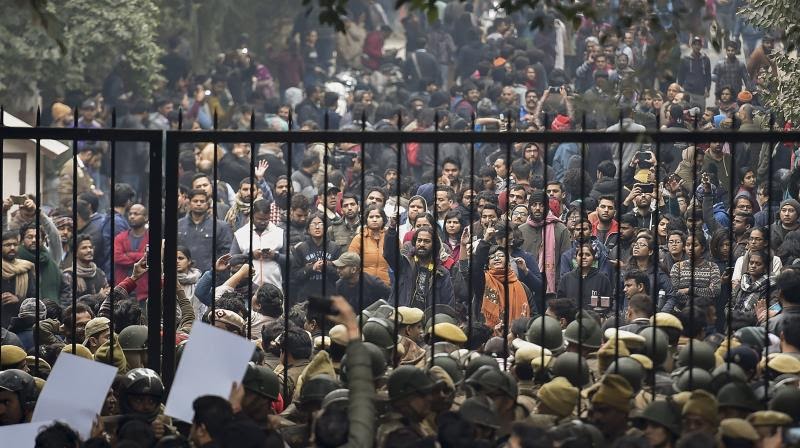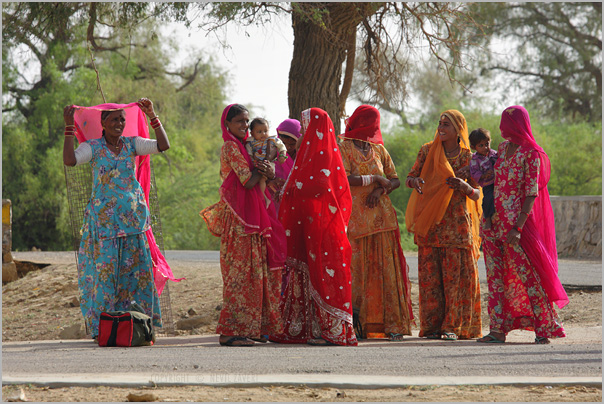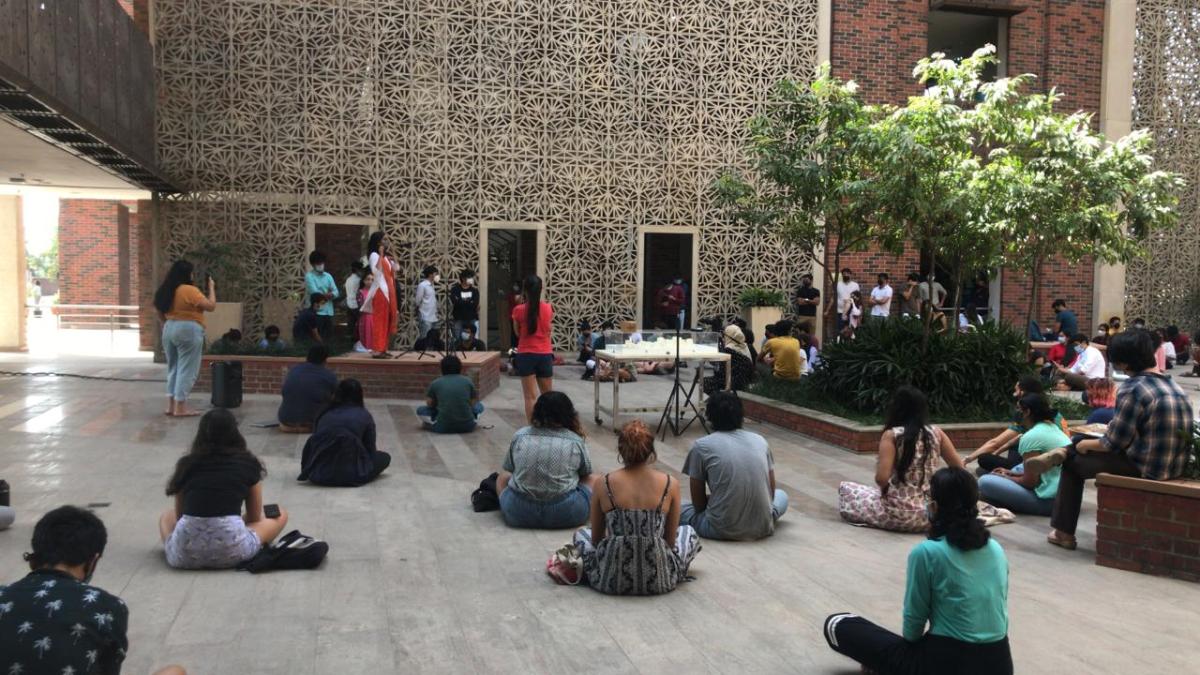Academic freedom is defined as the freedom of thought and inquiry granted to faculty and students of educational institutions to pose questions and think critically about subjects of academic importance. The reason this freedom is granted to the academic community is that universities, and institutions of education, in general, are considered to be spaces that probe the truth, and for true intellectual activity to flourish, they need freedom of thought and expression. However, another reason why academic freedom is stressed is because of the dangers it faces – from the state and from the larger public. As the world is inching towards authoritarianism with a number of right-wing populist governments at power in some major countries, the question of academic freedom is as pertinent as ever. With the recent resignation of two prominent scholars from Ashoka University, the question is driven home with discussions about academic freedom in India.
Unfortunately, this isn’t a one-time phenomenon, in either India or other democratic countries. It has been the case for decades that the ruling dispensation in most democratic, as well as autocratic countries, has been wary of the academic community and has tried to stifle its voices. Time and again, the freedom of universities, faculties and students in places around the world has come into question by the state and has often been curbed through laws and regulations. In some instances, even violence has been used to clamp down on the freedom of these voices. This piece shall explore some historical instances of academic freedom, or the lack thereof, in different countries around the world at different times. Through it, we wish to shed light on the chequered history of academic freedom and the role of the academic community in fighting for their right to freedom of thought and expression in academic settings.
Recent Events at Ashoka University
In a dramatic turn of events, academic Pratap Bhanu Mehta’s resignation under dubious circumstances has brought Ashoka University’s integrity under the scanner. Mehta wrote in his resignation letter that the founders of Ashoka had made it “abundantly clear” that his association with the institution was a “political liability”. Following Mehta’s exit, renowned economist Arvind Subramanian also put down his papers, citing the fact that “Ashoka can no longer provide a safe space for academic expression and freedom”. The resignations have garnered global attention with a large number of accomplished academics signing a petition expressing solidarity with Mehta and disapproval of Ashoka’s founders’ and admin’s handling of the issue. Calling it a “gross violation of academic freedoms”, students of the University announced a two-day boycott of classes to protest against these developments. Pertaining to the fact that this is not the first time that a faculty has been mired in controversy due to their political opinions, students and faculty are now apprehensive of the wider implications that external political pressures on the University will have on their freedom of speech and expression. There is also growing scepticism regarding the inevitable downfall in the quality of education that the University promises if this continues.
The History of Academic Freedom
Academic freedom as a concept emerged during the Middle Ages, with scholars and philosophers in Europe asserting their right to enquiry and stating independence from the monarchs of the day. However, the universities of the period in both Europe and America were heavily influenced by the Church, and were also dependent on it for funding. As time progressed, a form of mixed system developed in America in the 18th century where colleges were dependent on private donors as well as states for funding, but the faculty still did not have a strong say in the running of universities or in matters of academic freedom. It was only during the American Civil War that academic freedom as a concept was used by academics, and was seen as just as important as civil liberties.
Academic Freedom in The United States
The question of academic freedom in the United States was extremely important during two periods of history – first during the Cold War in the 1950s at the height of McCarthyism, and then again after the 9/11 attacks in 2001, which led to the War on Terror. These external political circumstances had a deep impact on the academic community and there were issues about what was being taught, and by whom. At the height of McCarthyism, the Red Scare of communism enveloped most of U.S. policy and behaviour in the 1950s, and university professors were targeted by the FBI for having connections with ‘subversive’ organisations, namely the Communist Party. Faculty at colleges such as Harvard, Yale, and the State University of New York, to name a few, had to sign documents stating they weren’t affiliated with Communists, or they ran the risk of being removed from their teaching positions. This was protested by many for infringing upon the First Amendment rights of the professors as well as the larger academic freedom of these universities. While in 1967 this academic freedom was codified in the Constitution of the U.S. after the case Keyishian v. Bd. of Regents, 385 U.S. 589 (1967), it routinely came under threat even after that period. After the September 11 terrorist attacks in America, the country adopted a stringent foreign policy known popularly as the War on Terror and took action against terrorist groups in Afghanistan and other regions. While universities had always criticised U.S. foreign policies, the period after 9/11 saw harsher consequences for those professors and intellectuals who dared question or criticise the government’s policies. From news anchors to senators, there was major pushback against academics who tried to speak or write against government policies, with emphasis on the need to “support the war”. There was also a grave fear among presidents and administrators of the universities about the consequences of this criticism, which is why many of them distanced themselves from the faculty and students that engaged in this criticism. Academic freedom was therefore not guaranteed in either public or private universities in the U.S. and was subject to popular perception, government policy and the political atmosphere of the period.
Academic Freedom in Turkey
The strained relationship between academic freedom and political pressures can also be understood by analyzing the case of Turkey. The country has had a contentious history with respect to ensuring academic freedom in higher education – exhibited through selectively granting the freedom to explore certain fields of inquiry while barring others and restricting faculty interactions with the press on certain subjects without official permits that are rarely granted. Moreover, a culture of self-censorship has persisted in Turkish academia, which becomes apparent when analyzing the restrictions placed on academics in terms of determining teaching materials, evaluation, and teaching techniques. It is interesting to note that these flaws in Turkey’s academic landscape have existed prior to the wave of right-wing populism that swept the nation upon President Erdogan’s appointment. While Erdogan’s tenure has been marked by stringent crackdowns on the activity of academics beyond the classroom, his government is not solely responsible for the poor state of academic freedom in the country.
Indian Universities and the Fight for Academic Freedom
What has been observed in varying degrees across the world, has been a part of India’s political landscape too. Although, traditionally, India has had a long tradition of academic debate and peaceful dissent such as in the Nalanda University in the 5th Century BCE, recently, academic freedom has evidently been on the decline. In the colonial setting in which contemporary Indian universities originated, the question of academic freedom was closely tied up with one’s position on political freedom. In an article for Economic and Political Weekly, Nandini Sundar notes that “while some educational institutions like Presidency College, Calcutta, Elphinstone College, Mumbai, Aligarh Muslim University (AMU), Aligarh, and St Stephen’s College, Delhi were embedded in the colonial project of inculcating English knowledge among the natives, there were others like Jamia Millia Islamia, Visva-Bharati, or the Vidyapeeths set up by Gandhi which had an explicitly nationalist project, wherein the ideas of political freedom coalesced with the ideas of pedagogic freedom.” Even in the other regional colleges, both students and faculty periodically strayed to the nationalist cause, especially during the non-cooperation movement of 1921–22 and Quit India Movement in 1942, boycotting classes, or participating in strikes.
However, in the postcolonial matrix, the idea of universities as spaces of academic freedom was subordinated to the idea that educational institutions are sites of nation-building. This was embodied in the setting up of the Indian Institutes of Technology (IITs) and the Indian Institutes of Management (IIMs), as “institutes of national importance” where its reputation and ideals were perceived to be closely linked to the state’s aspiration.
The coming of the BJP government in 2014, however, has created a credible threat to academic freedom in India, with the state actively suppressing any narratives that don’t align with its own ideology. According to the recently published International Academic Freedom Index, India scored an abysmally low score of 0.352, followed by Saudi Arabia (0.278) and Libya (0.238). The police brutality against students at Jamia Millia Islamia University in 2019 in Delhi has further raised concerns about the state of academic freedom. When this is taken in context with the anecdotal accounts of researchers in India complaining of book bans, cancelling of a particular seminar, change in the curriculum by the state, and filing of criminal cases against political leaders – a grim image of the future of India’s academia emerges.
The Way Forward
An obvious question that emerges from this is how can we reimagine the future of India’s academia in the wake of rising state interference in academia? Such a challenge will not only require far-reaching structural changes but also a commitment to fiercely defend values and ideals of freedom. The National Education Policy (NEP) 2020 is a step in the direction of structural change by envisioning academia without political or external interference. For instance, the policy states that the faculty will be provided with the “freedom to design their own curricular and pedagogical approaches within the approved framework, including textbook and reading material selections, assignments and assessments.” However, what remains to be seen is how well these policies are implemented on the ground and whether they live up to their promise. In the meanwhile, the solidarity extended to Ashoka University and resilience showed by academicians both in the country and abroad can be a guiding example of how as a unified community, one can fiercely defend the values that academia stands for – dissent, dialogue and democracy.
Picture Credits: Shreya Sharma
We publish all articles under a Creative Commons Attribution-Noderivatives license. This means any news organisation, blog, website, newspaper or newsletter can republish our pieces for free, provided they attribute the original source (OpenAxis).











